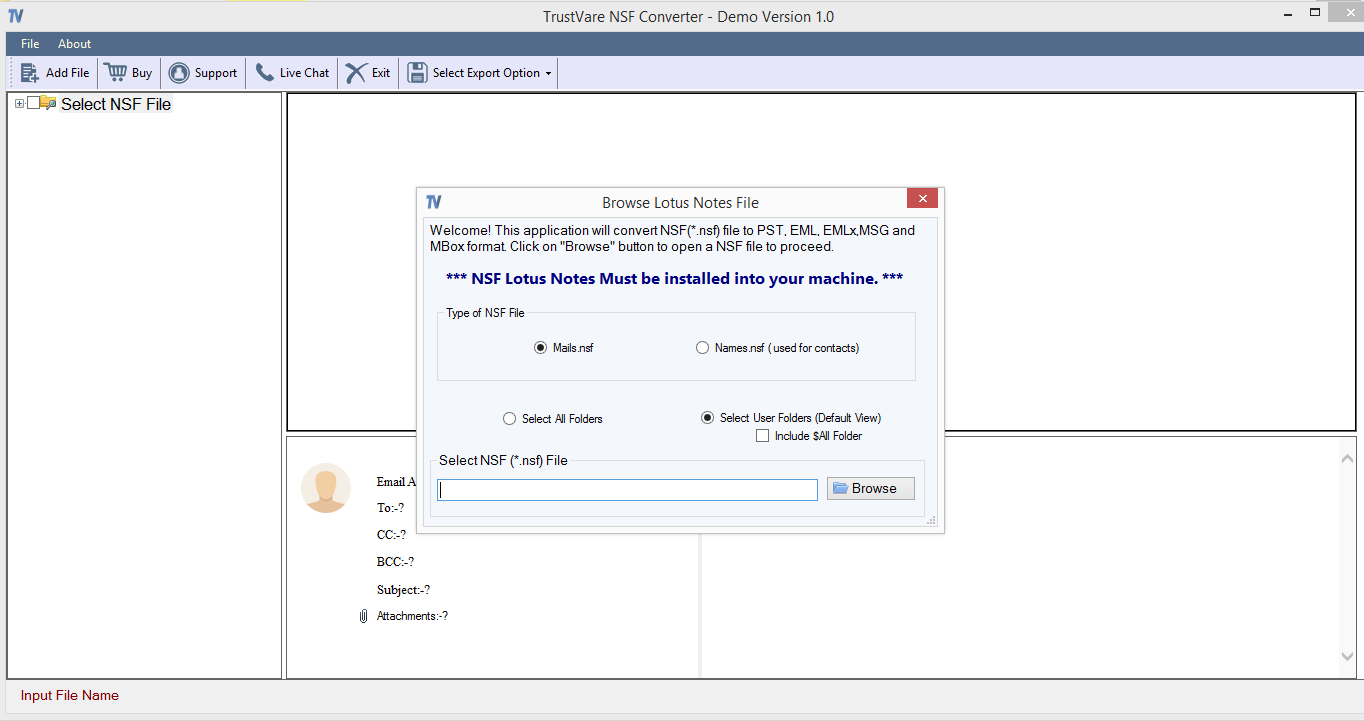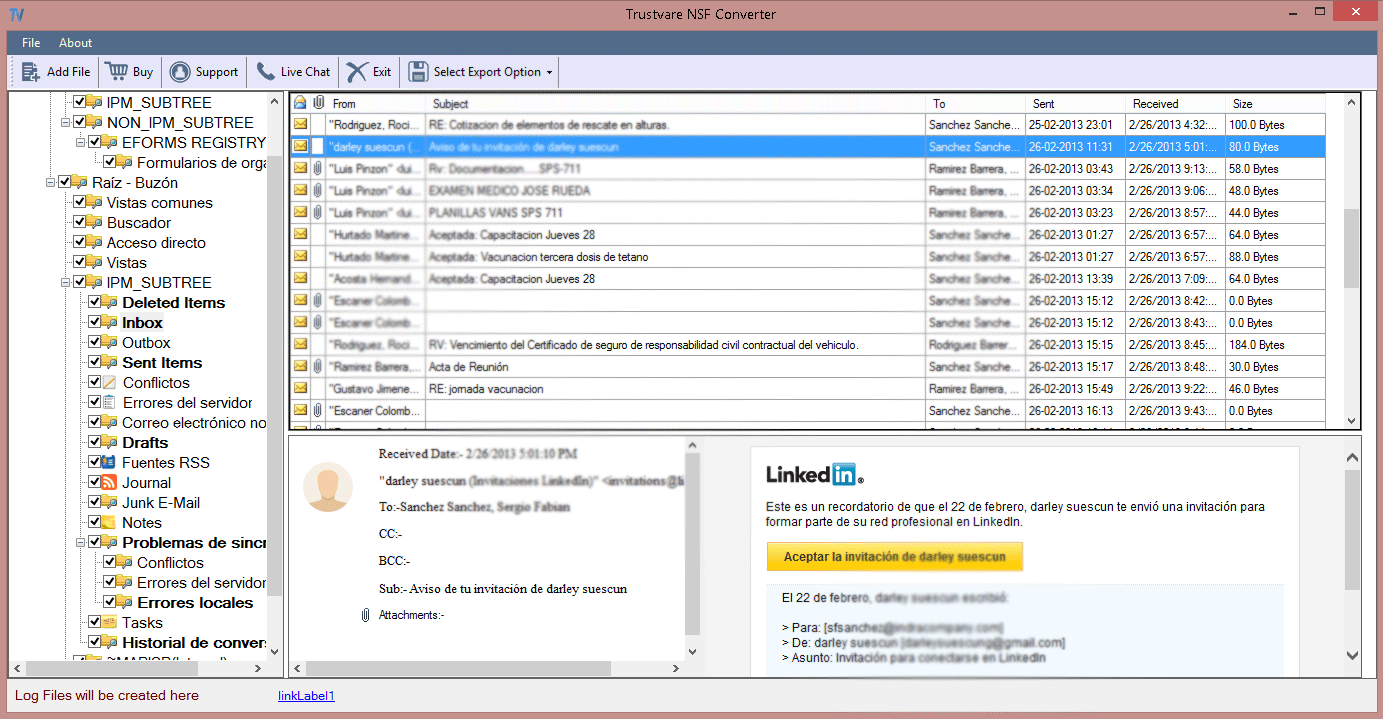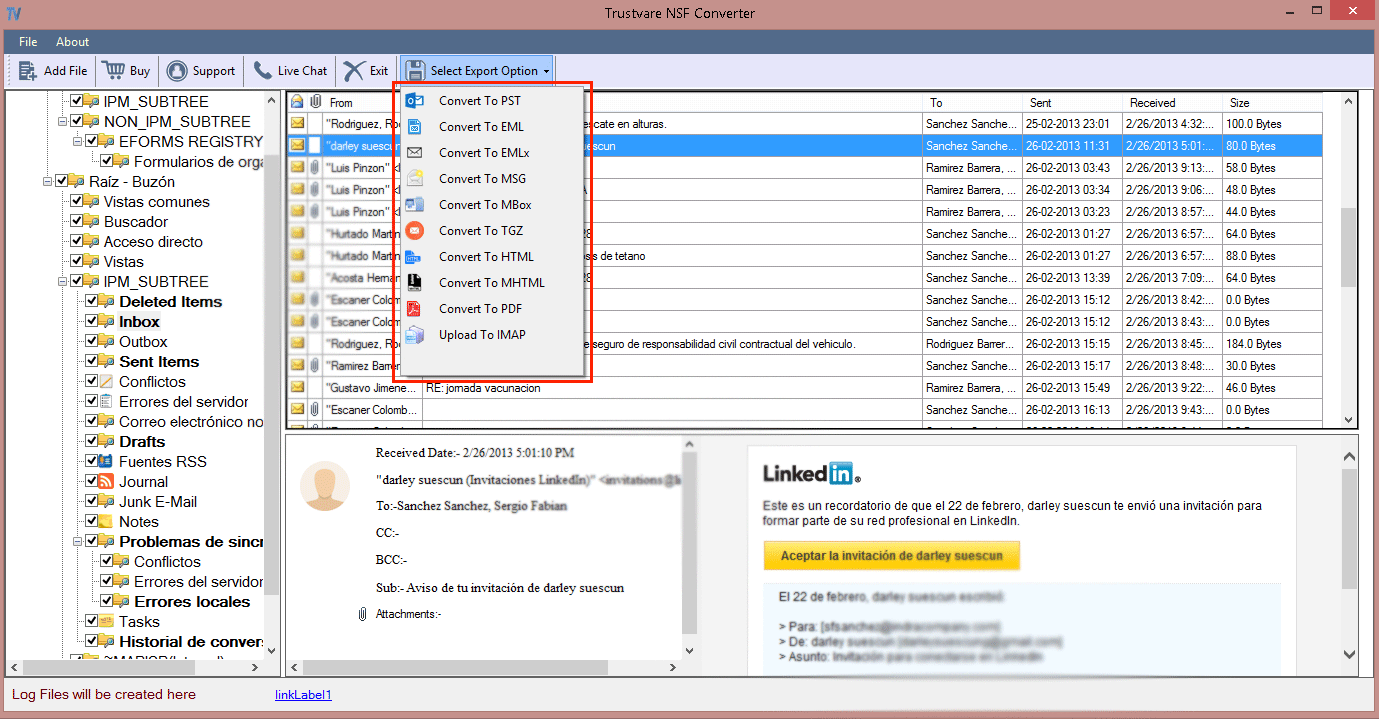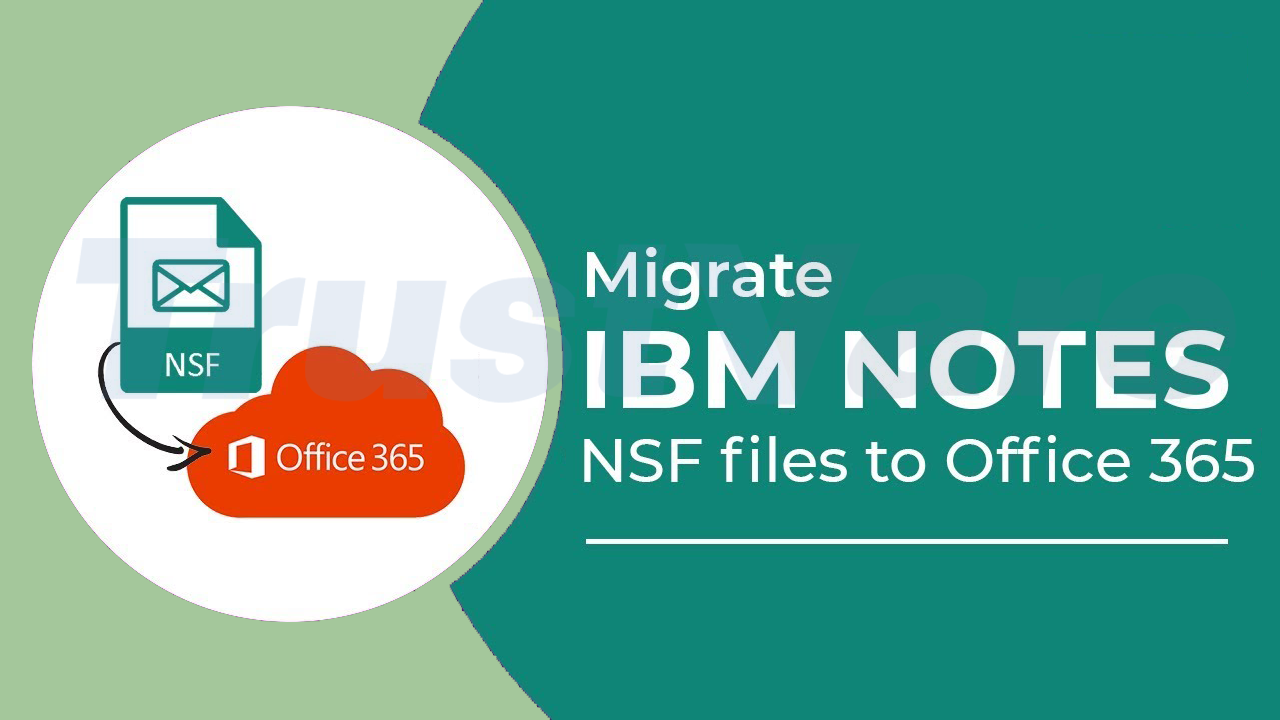Find out the perfect way to migrate NSF files to Office 365 account. This post describes the best method by which users can migrate Lotus Notes files to Office 365 account.
My friend, John was working with Domino Server to manage his organization’s email accounts. Over time, the organization attracts to cloud-based Office 365 accounts. So, he asked me to help him to transfers Lotus Notes NSF file items to Office 365 account.
Instant Solution:
To fix your issue, try out Lotus Notes to Office 365 Migration Software which smoothly transfers NSF files from Domino Server to Office 365 account.
Microsoft Office 365 has gained popularity in the recent few years and offers several benefits over email platforms like HCL Notes. Thus, both small and large organizations want to migrate to Office 365 from other email applications, especially those using Lotus Notes.
Using Office 365, users can easily cooperate with their team members and communicate better with Skype for business users that comes with Office 365. Moreover, using Office 365, one can access data from anywhere even using mobile devices.
Methods for HCL Notes to Office 365 Migration
Unfortunately, one can’t directly import NSF emails to Office 365 account. However, by using manual tricks, one can transfer data from IBM Notes to Office 365 account. The manual migration process can be harmful and complex.
During the manual process, users always be afraid of losing data. And once you lost it, recovering it is just impossible.
Hence, it is always advised to choose a licensed program, which ensures the safety of data during the migration process. Also, automated tools directly migrate NSF files to Microsoft Office 365 cloud accounts. But for users, we hereby offer you both manual and automated solutions.
How to Migrate Lotus Notes NSF Data to Office 365 Account?
Given are the methods that you can use to migrate Lotus Notes emails to Office 365 account:
Manual Method: Migration using IMAP
Using IMAP Connector in Lotus Notes, one can migrate IBM Notes data to Office 365. You can implement this method when you need to move your business communication to Office 365. It has 4 steps:
Step 1. Create a backup of the IBM Notes NSF file
In the first step, you have to create a backup of all users’ mailboxes saved in the NSF file. Backup is necessary to prevent data loss. You can create Notes Archives for backup.
Step 2. Create New Mailboxes
Once you created the backup, the next is to create new mailboxes for every user having a profile in the Lotus Notes application.
Step 3. Enable IMAP TCP/IP port for all users
Now, you need to enable IMAP for all users.
- Open Domino Administrator in Lotus Notes
- Now, click on the Configuration tab.
- Open the server document for the server that is running the IMAP service
- Hit the following tabs: Ports – Internet Ports – Mail tab
- Enable default IMAP TCP/IP Port. For doing this, you need to modify the TCP/IP port value status to enable it in the Mail (IMAP) column.
- Finally, press the Save button and then Exit.
Step 4. Connect with IMAP Connector
Finally, use the IMAP connector to sync emails in Office 365 from the IBM Notes application.
Once you complete all the steps, migrating to Office 365 from Lotus Notes becomes feasible. However, this process involving the IMAP connector does not come without limitations.
Limitations of the Manual Method
This manual technique has several limitations:
- If the Lotus Notes application is disabled, it won’t allow an IMAP connection.
- If the Notes client is behind a proxy or firewall, it will not link to the internet.
- Using IMAP protocol, you can migrate only online data to Office 365.
- It can move only emails of max 1 GB size.
- A lot of confusion and complexity are involved in this method.
Alternate Solution (Professional Tool) to Migrate HCL Notes NSF file to O365
You can take the help of TrustVare NSF Converter Software which is a fully advanced and tested program to directly migrate single as well as multiple NSF files to an Office account. The software smoothly works by beating all limitations of the manual technique. It smartly transfers NSF emails with attachments to Office 365 account. This helps users to perform seamless migration without any data loss. This powerful solution well supports Lotus Notes 10.0, 9.0, 8.5, 8.0, 7.0, 6.5, 6.0, etc. versions.
To use this program to import NSF data files to Office 365 account, the entire working process is mentioned below:
- Install and run the recommended program for Lotus Notes mailbox to Office 365 migration.
- After this, browse the required NSF file(s) that you want to import to your Office 365 account.

- Thereafter, you can check NSF file items in the preview pane. Then, you can mark desired items/folders to migrate from the NSF file.

- Now, from the Export options, choose the IMAP option.

- Provide login information for your Office 365 account including username and password.
- In the last step, choose the folder of the Office 365 account and press the Upload Now button.
The software hardly consumes a few minutes to migrate NSF database to Office 365 cloud. To verify the migration, users can check NSF files by login into their Office 365 account.
Note: Before you pay for the software, you can entirely check it by installing a free trial version that permits migrating the first 10 items from each NSF folder to Office 365 account.
Conclusion
This guide helps Lotus Notes users to migrate their mailboxes to Office 365 accounts using various methods. The manual solutions discussed in this post help you to execute the migration but there are many drawbacks associated with it. To avoid such issues, migrate Lotus Notes mailbox to Office 365 using an automated program that performs the migration by maintaining data integrity. It helps you to migrate NSF mailbox data to Office 365 account in a few steps. After this, you can access NSF data files in any Office 365 account.

